Metroid Prime Remastered has been a welcome surprise for fans of the series, bringing one of the most iconic entries in the Metroid saga to the Switch and looking good doing it. Indeed, for plenty of players, this return to Tallon IV will feel almost identical to the first time around almost twenty years ago. But the passage of time nevertheless brings change, and Metroid Prime Remastered is no exception. Don’t let the lens of nostalgia fool you — this remaster may be faithful, but it also brings some new things to the table.
Metroid Prime Remastered vs. original — All differences, explained
The first Metroid Prime came out in 2002, and although 2023 remaster feels like a welcome return to a familiar world, plenty of changes have been made along the way. Most obvious are the upgraded graphics, with improved models, textures, and lighting making Samus Aran’s exploration of Tallon IV look exactly as you remember it, but better. It’s an almost polygon-perfect improvement, even if some developers have taken issue with a couple of retextures.
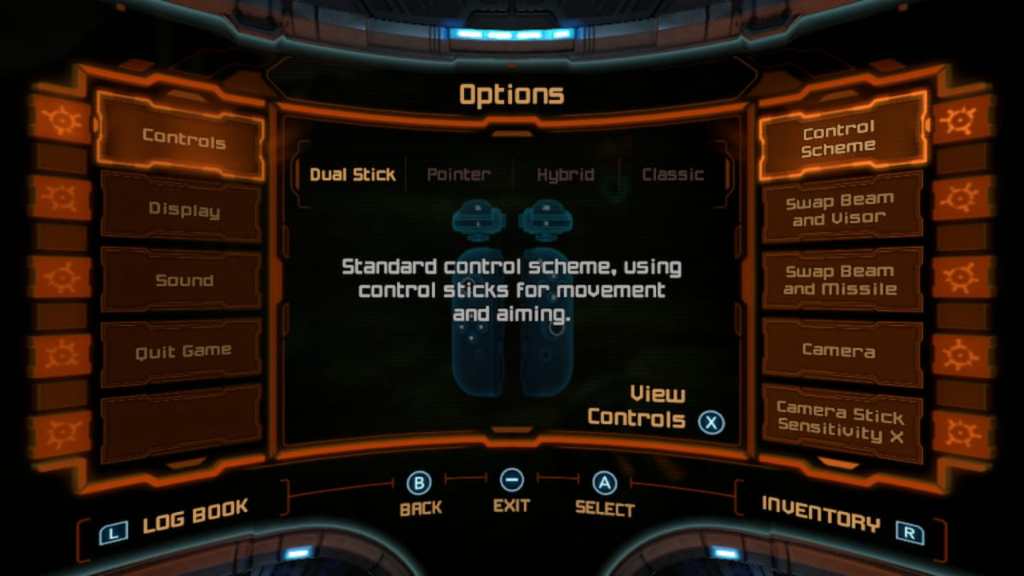
But a new coat of paint means nothing if the game is a pain to play. Thankfully, the devs have gone to great pains to incorporate various control styles so that anyone from Prime veterans to total newbies can experience the game. Players can choose from four different control schemes, ranging from a standard twin-stick set-up to the classic control scheme of the GameCube version:
- Dual Stick: Standard control scheme, using control sticks for movement and aiming
- Pointer: Enables motion controls for camera movement and aiming, similar to Metroid Prime Trilogy for the Wii
- Hybrid: Combines the Classic control scheme with motion controls for aiming
- Classic: Controls based on the original Nintendo GameCube version — players will need to hold the right trigger to move the camera around with the left stick, while the right stick controls beam selection. In fact, you can even play the game with a GameCube controller if you have an adaptor
As well as that, the game features a handful of accessibility options to tweak some elements of the game individually, such as a few more granular control options — from the standard inverted-axis toggles to swapping some button functions around — to graphical toggles to change HUD opacity, whether Samus’ helmet is visible, and more. Importantly, the game now features a “Color Assist” option, allowing players with various forms of color blindness to tweak the game’s color scheme in order to make everything a bit more readable.
Fans of 100%-ing games will also be relieved to hear that that task is a little easier than the original Metroid Prime. One of the challenges posed by the game is to fill Samus’ Logbook with scans of every creature, item, and piece of lore in the game, a daunting task at the best of times and made trickier by the fact that several scans are one-time-only or only available for an extremely limited period of time. Thankfully, Metroid Prime Remastered inherits a feature from the Prime Trilogy release on Wii. Starting a New Game+ will keep all your scans intact, giving you another shot at the missable ones without having to redo the whole thing.
What’s been removed from Metroid Prime Remastered?

Not everything is additive, though. Notably, the original game’s Fusion Suit — a bonus costume unlocked when the game was connected to the GBA title Metroid Fusion — is absent from the remaster. There’s a possibility that a future update might add a Metroid Dread suit in its stead, considering that game’s success, but there has been no official confirmation of it.
Some more minor graphical elements, such as Samus’ reflection appearing in mirrors, have also been removed, and several bugs and glitches, including favorites of speedrunners, have been patched. More controversially, Metroid Prime Remastered also fails to include all the credits from the original game once you hit the end.

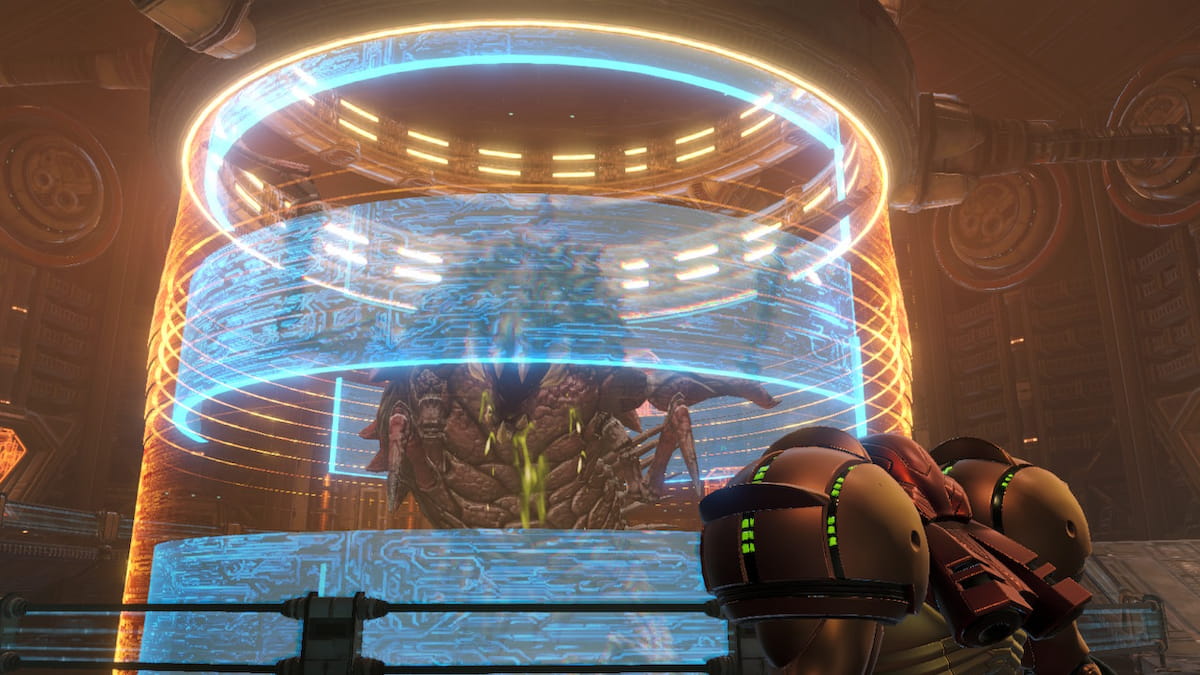
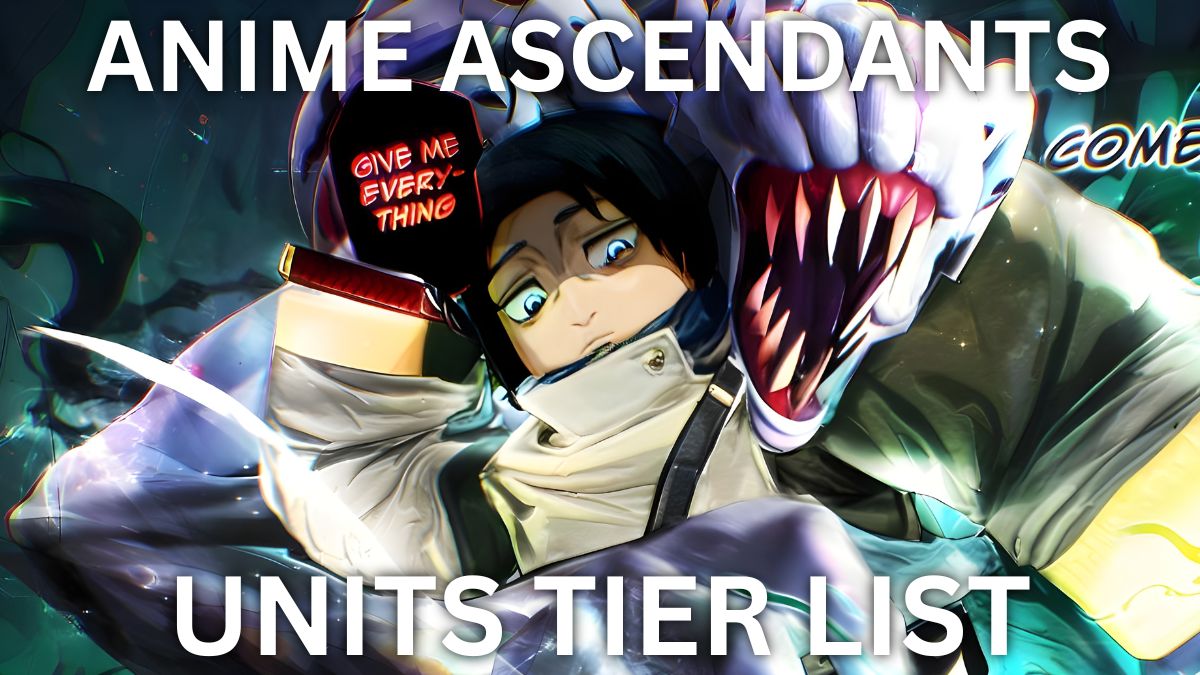

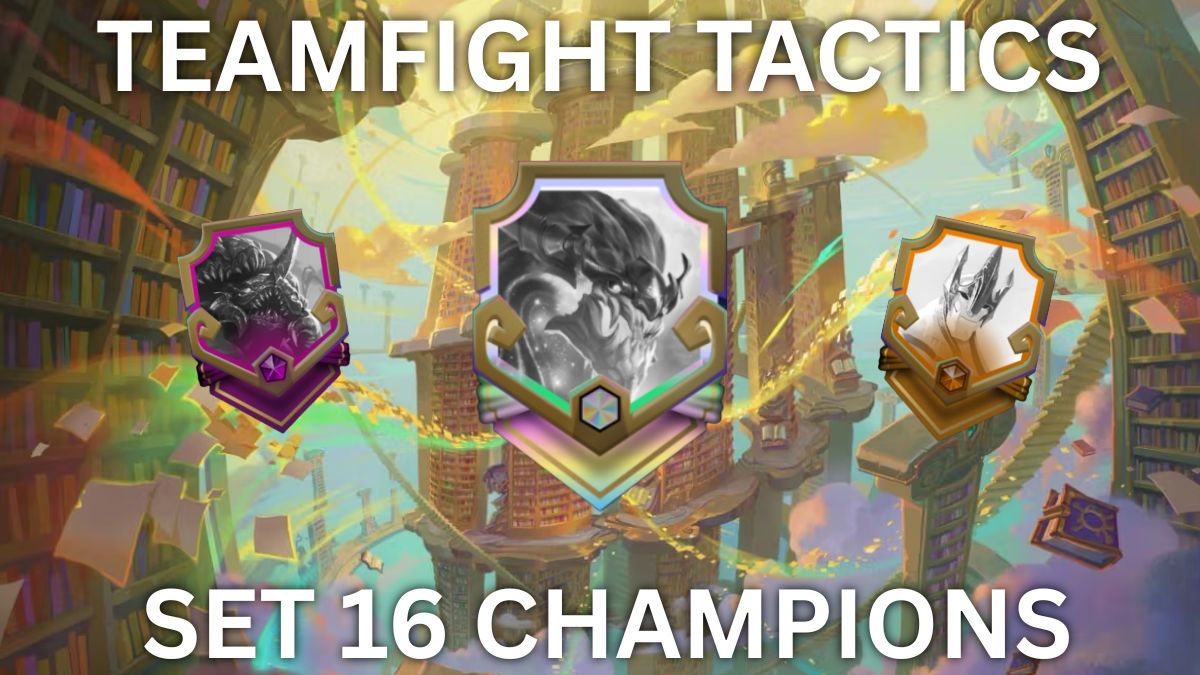



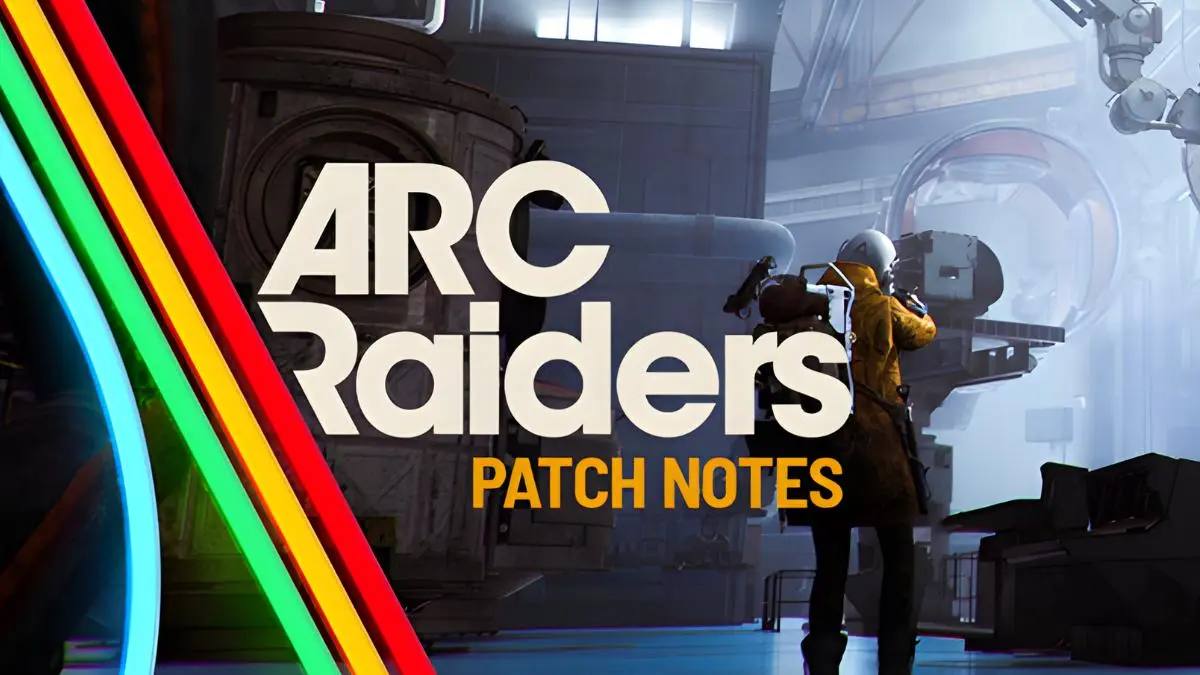

Published: Feb 16, 2023 11:17 am